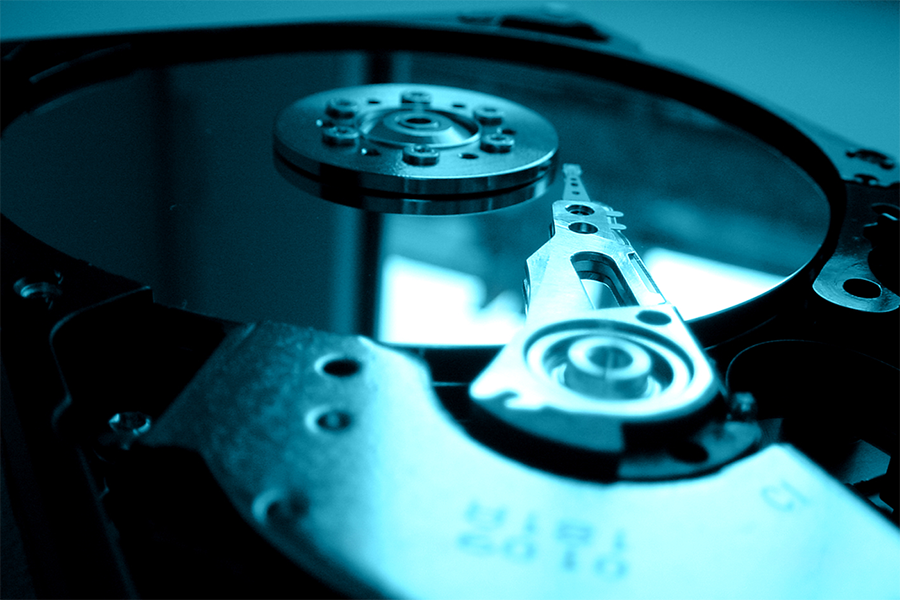
Powerful storage, tiny space
Imagine a building the size of the entire city of Chicago, filled with rows and rows of hard disk drives. That’s what a big data storageJimmy Zhu, ABB Professor of Electrical and Computer Engineering and director of the Data Storage Systems Center at Carnegie Mellon University, is one of the reasons data storage technology has come so far. Zhu is the inventor of microwave-assisted magnetic recording technology (MAMR), an extremely powerful method for storing information on hard disk drives.
“You need data. You need a place to store data, you want to store more of it, and you also want to be able to compute it more efficiently. Those are the kinds of problems we’re working on,” said Zhu.
Now,
Zhu invented MAMR in 2007 when he discovered a way to use a magnetic charge to write data to a disk. The surface of a hard disk drive is coated with a
MAMR is novel because it uses a tiny magnetic element to emit a
“Instead of using heat, you use a magnetic field that only works on the film’s magnetic moments,” said Zhu of MAMR. “It only injects energy to the magnetic bits. It’s called magnetic resonance, a similar sort of resonance as MRI.”
Here’s how MAMR works: a direct current flows through the nanoscale magnetic element, called a spin torque oscillator, that extends above the disk. The current consists of spinning electrons that generate a
With this technique, the new HDD can store up to 40 TB—almost four times the storage amount of current HDDs. Zhu sees this as a real
“For a professor, to research and then get to see that research used in every Data Center is huge,” said Zhu. “That’s the wonderful thing about research. You can't guarantee there will be